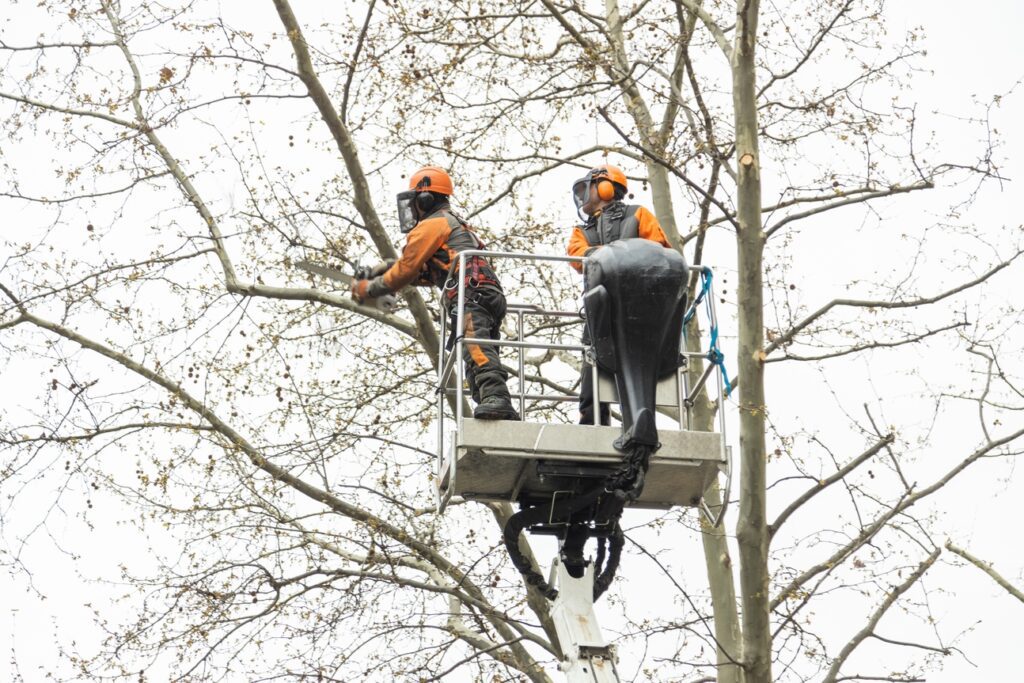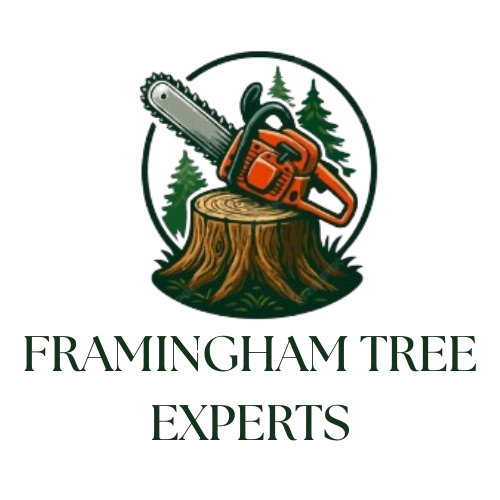FAQ'S Framingham Tree Experts
Frequently Asked Questions
Are tree service contractors required to be licensed in Framingham?
Massachusetts doesn’t mandate arborist licensing, making it crucial to hire tree service contractors with Massachusetts Certified Arborist (MCA) credentials and International Society of Arboriculture (ISA) certification.
What information should I have ready when I call?
Basic information about your property address, the types of trees involved, and any specific concerns or deadlines helps us schedule the most appropriate consultation time.
Do you charge for consultations and estimates?
No, we provide free on-site consultations and written estimates for all tree care services. There’s never any obligation to proceed with recommended work.
How quickly can you provide an estimate?
We typically schedule free consultations within 24-48 hours of your call. Emergency situations receive same-day assessment when safety is involved.
What if I need to reschedule my appointment?
We understand that schedules change. Please call as soon as possible to reschedule, and we’ll accommodate your needs whenever possible.
Is a permit required for tree removal on my private property in Framingham?
While Framingham follows Massachusetts General Law Chapter 87 regarding public shade trees, private property tree removal typically doesn’t require municipal permits unless trees are within public rights-of-way or conservation areas. However, always verify with the Tree Warden before proceeding.
What situations warrant approval for municipal tree removal in Framingham?
Acceptable justifications include trees that are dead, diseased, structurally compromised, pose safety hazards, or interfere with approved municipal projects or utility work.
What are the signs that my tree is dying or already dead?
Key indicators include extensive leaf loss during the growing season, brittle branches that snap easily, peeling or missing bark, fungal growth at the trunk base, and hollow or soft wood when examined.
Am I required to notify neighboring property owners about tree removals?
Massachusetts law requires notification of adjacent property owners when removing multiple trees, with documentation submitted to appropriate authorities within specified timeframes.
What should I expect to pay for tree removal in Framingham?
In Framingham, the average cost of tree removal ranges from $400–$700 for smaller trees, $800–$1,800 for medium-sized trees, and $2,500+ for large or dangerous removals.
What does stump grinding typically cost in Framingham?
Stump grinding services generally range from $250-$550, depending on stump diameter, root system complexity, and site accessibility factors.
How effective are chemical stump eliminators?
Chemical treatments may speed decomposition but rarely achieve complete stump removal and can take months or years. Professional mechanical grinding provides immediate, thorough results.
What's my priority if a tree falls on my house?
Ensure safety first—evacuate if necessary, document all damage with photographs for insurance documentation, then contact your insurance company and a qualified tree service immediately.
Do emergency tree services cost more than scheduled removals?
Yes. Emergency tree removal typically commands premium rates due to urgent response requirements, after-hours labor, and increased safety precautions during hazardous conditions.
Can I trim my neighbor's tree branches that hang over my property?
Yes, you may trim branches extending onto your property, but only to the property line and without causing harm to the tree’s overall health or structural integrity.
Who is responsible if my neighbor’s tree falls on my property?
If the tree appeared healthy before falling, your homeowner’s insurance typically handles damages. However, if the tree showed obvious signs of disease or neglect, your neighbor may bear financial responsibility.
Am I allowed to remove a tree that sits on the property line?
No. Boundary trees are considered shared property, requiring written consent from all affected property owners before any removal or major work.
Does homeowner's insurance cover post-storm tree removal?
Insurance typically covers removal costs when trees damage structures, but may not cover general cleanup of fallen trees that cause no property damage.
How often should established trees be professionally pruned?
Most mature trees benefit from professional pruning every 3-5 years, though frequency varies based on species characteristics, health status, and environmental factors.
How long does it take for large roots to decompose naturally?
Major root systems can take 5-10 years for complete underground decomposition, depending on soil moisture, species type, and environmental conditions.






